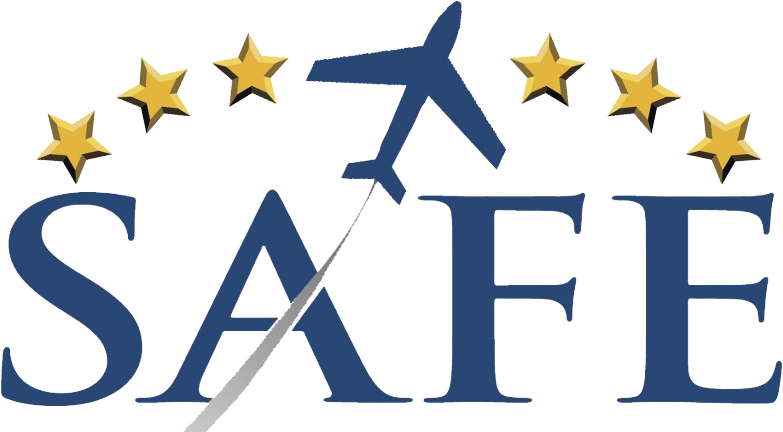Read more…(Privatization)
Privatizing ATC has been compared to handing full control of the nation’s Interstate Highway System to a group such as, say, the American Truckers Association.
“It doesn’t take a rocket scientist to envision what would happen to flight schools at busy airports if the airlines gain control of ATC,” said SAFE Board Chair David St. George. “Ever since the 1950s, airlines have tried to get light GA aircraft banned from any airline-used airport.”
“Right now, Congress oversees the system,” pointed out St. George. “Because of that, general aviation has a voice in governing ATC. If ATC was put under a private company, we’d be essentially shut out of any effective influence.”
Read more…(Joanie)
Joan was also a longtime member and Director of the Air Transportation Association of Canada and recently received their Lifetime Achievement Award. In addition to holding Canadian Commercial, Multi-IFR, and a Class I Flight Instructor rating, Joan had also served as a Designated Flight Test Examiner for Transport Canada.
Joan was very well-read, had a keen intellect, and a quick wit. Her fellow Directors on the SAFE Board especially appreciated Joan’s ability to get to the heart of a topic under discussion, ask the tough questions, and clarify the issues. Joan will be missed by many.
Read more…(FAA TFR Map)
Shortly after SAFE’s public warning, the FAA reported that the problem, which apparently stemmed from a disconnected Windows user account that is supposed to perform scheduled tasks. The advisory from the FAA added that “system monitoring and data verification will be performed while the database continues to update the TFR Map with current graphical depictions.”
FAA notifications to other navigation providers, such as ForeFlight, Jeppesen and Naviator did not contain the location errors.
Read more…(SAFE Grant)
The learning objectives for the aviation-themed lesson were are follows:
- Research and test a mini drone as a dynamic aerodynamic system.
- Reverse engineer the product keeping all parts in tact while documenting each section. The students will also find similar parts on the Internet to test the reliability of these materials.
- Students will learn and apply CAD technology while learning how to 3D scan each structural part for reproduction.
- Students will reproduce by 3D printer each structural part and build their replica along with reassembling the original unit. These units will be tested side by side. Studies will discover weight distribution and limits, design aerodynamics, propeller flight mobility, and multi-prop integration.
- Finally, students will analyze the cost benefits of the product and start to look at 2nd and 3rd generation products through part or design change.
Ten drones were analyzed by the 3D scanner and duplicated by students in the first round to see the accuracy of the print. The density of the plastic was found by the students to be higher in the 3D printer duplicated drones than in the actual drone. Additionally, duplicated drones were found not to fly, so students were forced to be creative. Modified drone bodies were made by students using SolidWorks in order to achieve flight by reducing the weight and these drones were able to fly successfully. Once students learned about the weight difference, several different creative designs were produced.
During this activity, the students successfully accomplished the first four learning objectives and also learned about basic principles of flight, aerodynamics, CAD, and 3D printing.
Please “follow” our SAFE blog to receive notification of new articles. Write us a comment if you see a problem or want to contribute an article. We are always seeking more input on aviation improvements and flight safety. There are many highly qualified aviation educators out there! If you are not yet a SAFE member, please Join SAFE and support our mission of generating aviation excellence in teaching and flying. Our amazing member benefits alone make this commitment worthwhile and fun. Lastly, use our FREE SAFE Toolkit App to put pilot endorsements and experience requirements right on your smart phone and facilitate CFI+DPE teamwork. Working together we make safer pilots!
